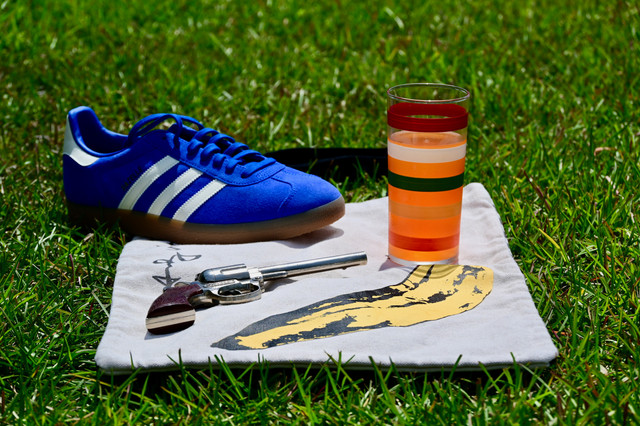HOME | DD
 walkieduke — Waterloo
by-nc-nd
walkieduke — Waterloo
by-nc-nd

#1815 #ares #artillery #battle #cannon #cuirass #drum #god #greek #gun #mars #musket #napoleon #powder #roman #sword #telescope #trumpet #vulture #waterloo #wellesley #wellington #wolf #duke #history #illustration #mythology #napoleonic #napoleonicwars #traditionaldrawing
Published: 2020-05-29 08:22:52 +0000 UTC; Views: 1511; Favourites: 4; Downloads: 0
Redirect to original
Description
The Battle of Waterloo, which took place in Belgium on June 18, 1815, marked the final defeat of Napoleon Bonaparte, who conquered much of Europe in the early 19th century. The Battle of Waterloo also marked the end of Napoleon’s storied military career. He reportedly rode away from the battle in tears. The British army, which included Belgian, Dutch and German troops, was commanded by Arthur Wellesley, Duke of Wellington, who had gained prominence fighting against the French during the Peninsular War.
Let me explain the illustration; at the top the Roman Numerals, “VI * XVIII * MDCCCXV”, shows the date of the Battle of Waterloo. “TRIA JUNCTA IN UNO” is the motto of Order of the Bath; originally founded as a military order of chivalry, the star (or pip) is worn as army officers' rank insignia.
“VIRTUTIS FORTUNA COMES” is used as the motto by Duke of Wellington. The Latin mottos are translated respectively as "Three joined in one" and “Fortune is the companion of valour”. Over the main frame you see the famous decoration of Order of the Golden Fleece which is shown in most of Artur Wellesley’s portraits. Duke of Wellington was invested with the Spanish order in 1812, by the acting government of Spain. It was later confirmed by Ferdinand on his resumption of power, with the approval of the Pope. Wellington therefore became the first Protestant to be honoured with the Golden Fleece.
At the center you see the Duke of Wellington as Mars (or Ares) holding his famous telescope in his right hand and sitting on the Waterloo Chair. This remarkable chair is made from the elm tree which stood on the battlefield of Waterloo. It was situated on the ridge chosen by the Duke of Wellington, to make the final advance on Napoleon, ensuring total victory. The chair's design is unashamedly patriotic, and unreservedly victorious: the toprail panel is carved with a view of the village of Waterloo, after T. Sutherland's engraving published in 1816 depicting the village of Waterloo the day after the battle. The elm tree was still good for further cabinet-making, and another chair was made, for personal use, but later presented to the Duke of Wellington in 1837, on the anniversary of the battle. It remains at Apsley House.
Under Wellington’s right foot you see the Napoleon’s hat and a regimental pennant and on the left a damaged cuirass representing the defeated French army. The wolf and vulture are the symbols of Mars, Roman God of War. Also, the wolf may be interpreted as the Prussians commanded by Blücher which marked the turn of events during the Battle of Waterloo. At the back of the chair there is a 9-pounder British cannon used during the battle.
On the left you see the field trumpet sounded the crucial charge of the Household Cavalry at the Battle of Waterloo, the sword carried by Duke of Wellington at the Battle of Waterloo, the Union Jack (British flag), barrel and bayonet of the Brown Bess musket and the side drum used by the 42nd (Royal Highland) Regiment of Foot. On the right you see a powder horn made from bone (used to hold gunpowder for muskets), ramrod, pike, barrel of a Baker rifle and its sword-like bayonet, a pistol and the grip of the Brown Bess musket. On the right the laurel leaves and at the bottom the oak leaves represent the victory.
At the bottom-left the compass indicates the coordinates (50.680°N, 4.412°E) of where the Battle of Waterloo took place. At the bottom-right the Duke of Wellington’s Brequet Watch shows the victory time (9:00 PM) with an alteration of my own logo.
Finally, you see a quote of Arthur Wellesley at the bottom “Error is ever the sequence of haste”.
























